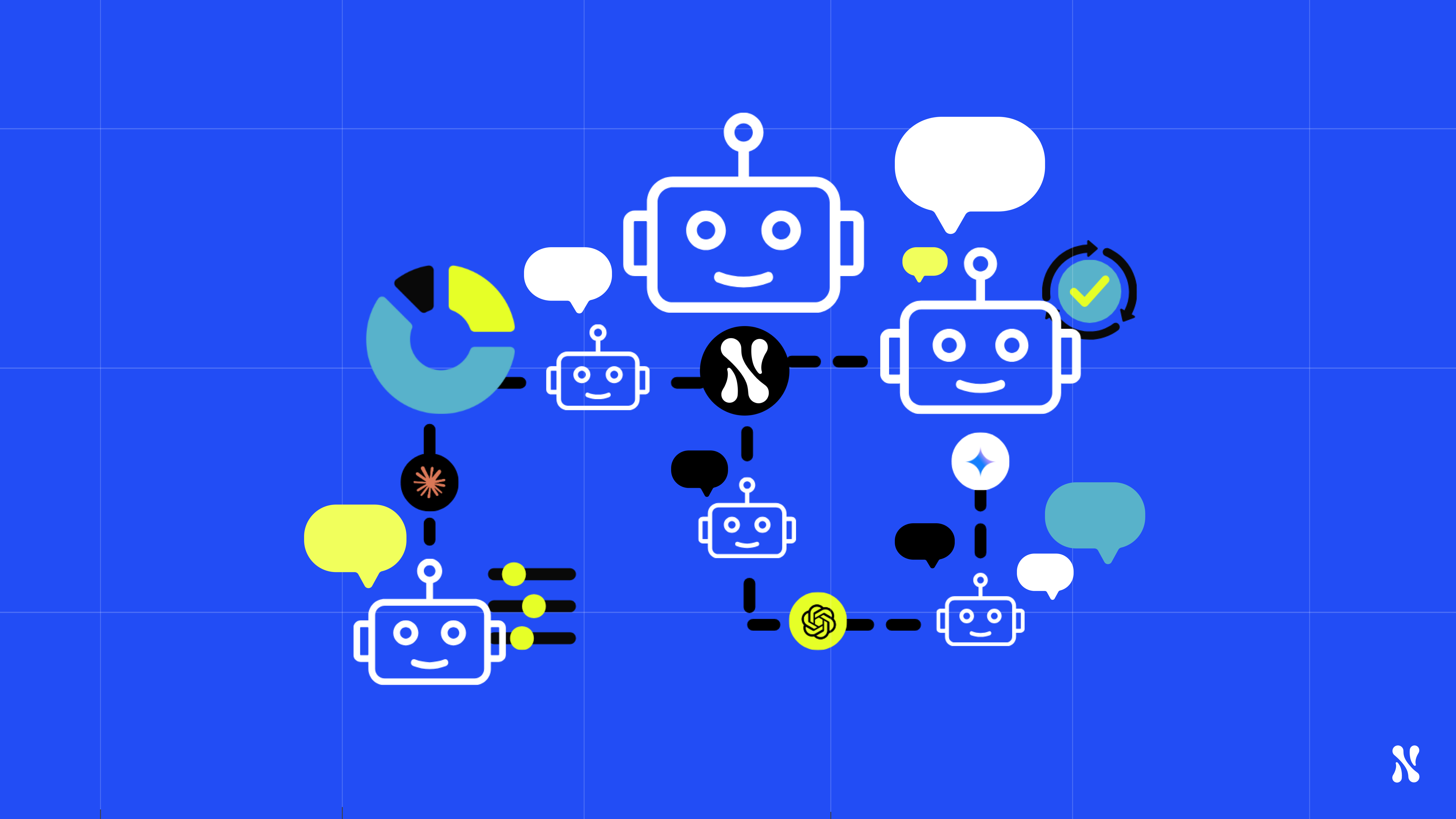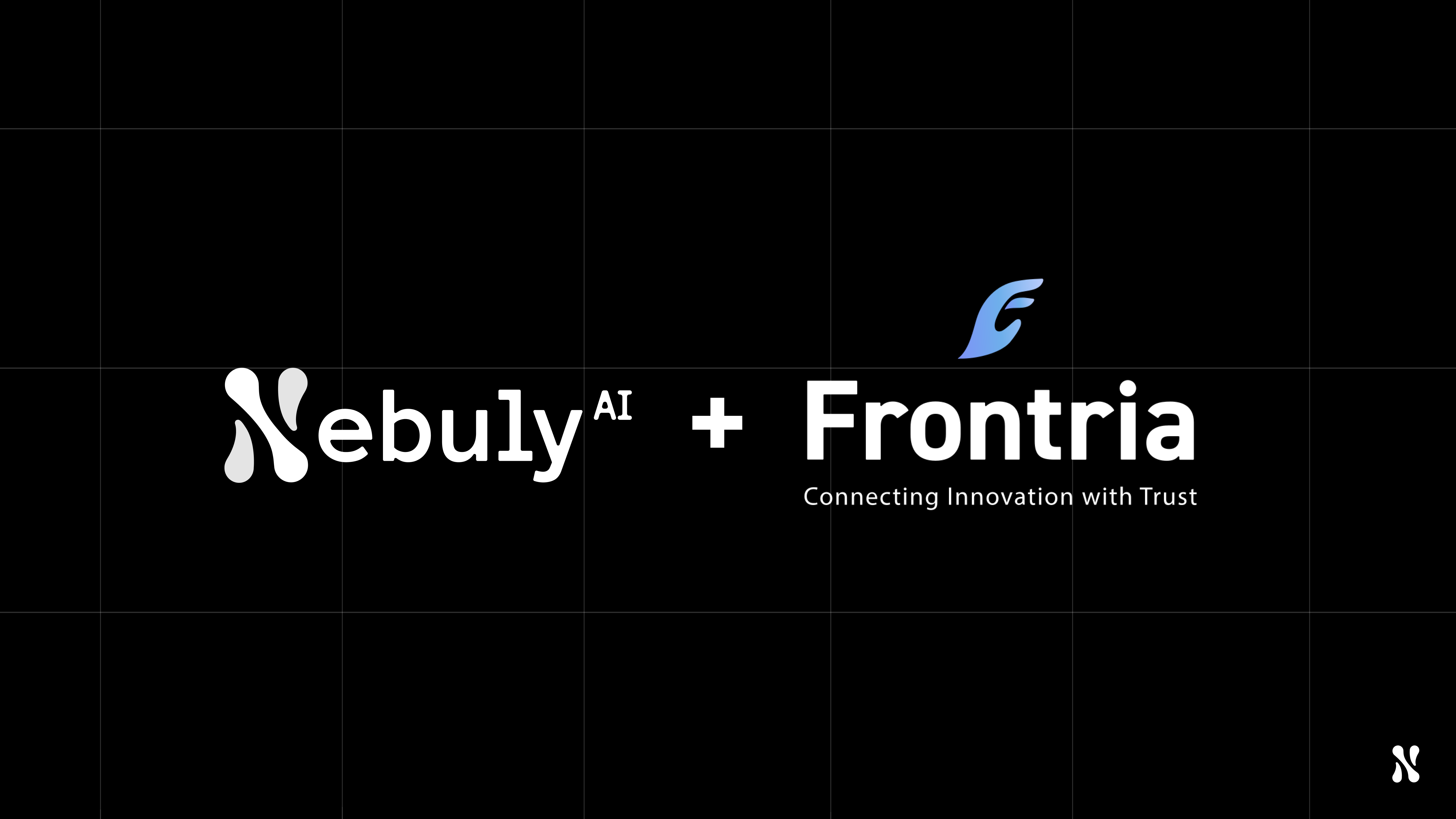As AI systems, become increasingly integral to our digital experiences, ensuring smooth and effective interactions between humans and AI has never been more critical. Microsoft Research has established a set of 18 guidelines designed to enhance these interactions, providing valuable insights for creating user-centric AI systems.

Here’s a concise overview of these guidelines:
Initial Interaction
- Clarify System Capabilities: Ensure users understand what the AI can do and its limitations from the outset.
- Set Performance Expectations: Communicate how often the AI might make mistakes to manage user expectations effectively.
During Interaction
- Contextual Timing: Act or interrupt based on the user’s current context and task to maintain relevance.
- Relevant Information: Provide information pertinent to the user’s immediate needs.
- Social Norms: Design interactions that align with the user's social and cultural expectations.
- Bias Mitigation: Avoid reinforcing stereotypes or biases through AI language and behavior.
When Errors Occur
- Efficient Invocation: Make it straightforward for users to request AI services when needed.
- Easy Dismissal: Allow users to easily ignore or dismiss unwanted AI services.
- Correction Support: Facilitate easy edits or refinements when the AI is incorrect.
- Disambiguation: When uncertain, offer multiple options or gracefully degrade services.
- Explain Decisions: Provide clear explanations for AI decisions and actions.
Over Time
- Short-Term Memory: Remember recent interactions to provide continuity.
- Behavior Learning: Adapt and personalize based on user behavior over time.
- Cautious Updates: Implement changes gradually to avoid disruptive impacts.
- Granular Feedback: Encourage detailed user feedback to refine interactions.
- Action Consequences: Clearly communicate how user actions influence future AI behavior.
- Global Controls: Allow users to customize and control what the AI monitors.
- Notify Changes: Inform users of new capabilities or updates in the AI system.
These guidelines are designed to foster intuitive and effective human-AI interactions, ensuring that AI systems are transparent, adaptable, and user-friendly.
Leveraging Implicit Feedback for Improvement
Implicit user feedback—such as behavioral patterns, interaction frequency, and user sentiment—plays a crucial role in refining AI interactions. By analyzing this data, designers can uncover nuances in user preferences and system performance, leading to more tailored and effective AI solutions.
Nebuly offers a complete platform for capturing and analyzing this implicit feedback, enabling continuous improvement of user experiences. Through its advanced analytics and tools that enable implementing UX A/B tests, Nebuly helps AI systems evolve in response to real-world usage, enhancing their accuracy and relevance over time. If you'd like to learn more please request your demo here.






